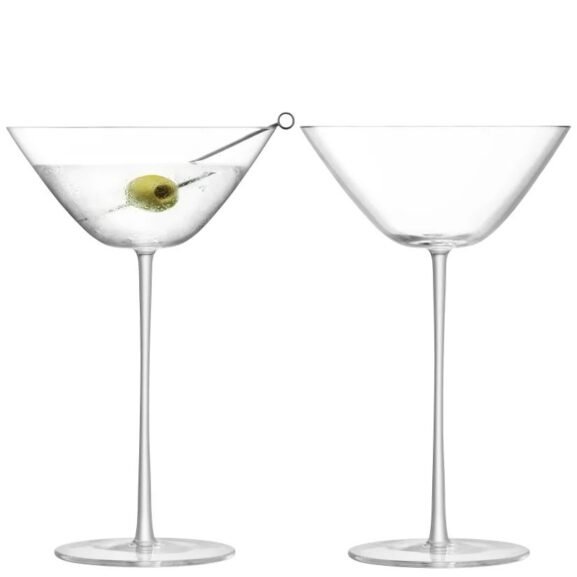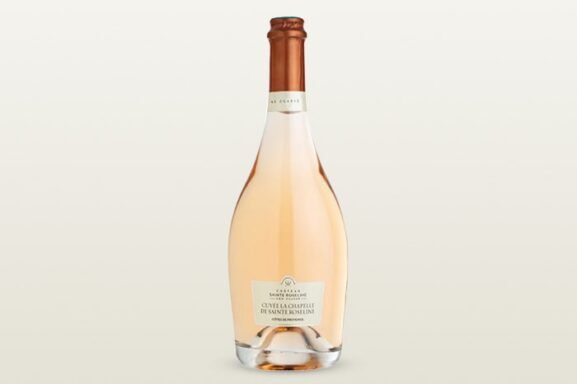Nami is Mexico’s First Sake
During a five-course dinner this summer at the intimate L.A. restaurant Ceviche Project, dishes like Hokkaido scallop tostadas and black shrimp aguachile were served with three different sakes: a junmai, junmai ginjo and junmai daiginjo. The fruit, light smoke and umami of the expressions matched seamlessly with the bright and herbal seafood dishes. An unmistakable blend of cultures, the food hopscotched across the Pacific, pulling influence from Mexico and Japan in equal measure. The sake did, too.
You May Also Like: Is Sake Finally Having Its Moment? A New Generation of Brewers Think So
These trans-Pacific pairings were the highlight of the U.S. launch party for Nami, Mexico’s first—and only—sake brand, which is now available at prestigious stateside bars and bottle shops. The Culiacán, Sinaloa brewery was founded in 2016 and aims to honor Japanese culture while changing the perception of its hometown, which has faced cartel violence for decades.
“Sinaloa is often in the news, and not for the right reasons,” says Matthieu Guillerpon, advanced sake sommelier and Nami’s brand ambassador. “We wanted to show a different perspective.”
A Cross-Cultural History Lesson
While the beverage isn’t well known in most of Mexico, Japan’s influence is notable across the republic thanks to a wave of immigration in the late 19th century. By 1910, nearly 10,000 Japanese expats had settled in Mexico—and more arrived in the ensuing decades. One of those early newcomers created cacahuates Japonéses (translation: Japanese peanuts), a popular snack still sold in tiendas all across the country today. In addition, many agree that Baja’s signature fried fish tacos were borrowed from Japanese fishermen, who introduced tempura prior to WWII. And Mexico City’s famed jacaranda trees—with their spectacular periwinkle springtime blossoms—are the deep-rooted result of a Japanese landscape artist.
Nami’s founders saw further similarities specific to the state of Sinaloa and Japan. “There is certainly a shared culture of artisan craftsmanship in Sinaloa and Japan, which inspired belief in the project,” Guillerpon says. Proximity to the sea and the influence of maritime culture is shared by the regions, too. “For Sinaloans, ‘el mar’ defines our gastronomy and also very much represents who we are as a people, and the same is true of the Japanese,” says Ernesto Reyes, Nami’s sake master.

Finding the Right Mentor
Still, in spite of the gastronomical and cultural links, no one on the early Nami team actually knew how to brew sake. They understood they’d need expert guidance and on-the-ground support if they were to make a world-class version on Mexican soil.
“Before Nami, I didn’t know anything about sake, except for maybe that it came from Japan,” says Reyes. A pharmaceutical chemist biologist by trade, Reyes, who himself hails from Sinaloa, had worked in quality control before being recruited to run the brand’s brewery operations. “I was captivated both by the culture and the artisanal nature of sake,” he adds.
In advance of a fact-finding mission to Japan, Nami staff reached out to more than 30 sake breweries, but calls went unreturned and emails unanswered. “We arrived not knowing the language or really anything about sake, so it’s no wonder very few Japanese initially believed in the project,” Guillerpon says.
You May Also Like: How to Drink Sake, According to Pros
But a chance encounter with Mr. Munetaka Nakashima of 300-year old Nakashima Sake Brewing propelled their trip to success. “Mr. Munetaka became our mentor,” says Guillerpon. “He helped us select and purchase the right equipment from Japan and he connected us with Yamanda-san, who would become our toji, or master brewer.”
The project intrigued Toji Yamada-san, who had decades of experience brewing sake for Nakashima Sake Brewing. He would go on to help define Nami profile and personality, but he harbored concerns that the climate of Culiacán wouldn’t allow for optimal koji growth. “It was a great surprise when our koji outnumbered that of breweries in Japan,” Guillerpon says. Even under the tutelage of Yamada-san, the process was slow, but the team at Nami remained patient. “It took us a full two years before we were able to produce a single bottle of sake,” Guillerpon tells me.
Almost every step of the complicated sake brewing process takes place at the Culiacán brewery. Nami, like many other North American sake-brewers, currently sources their Yamada Nishiki rice from Isabell Farms in Arkansas, the heart of America’s rice country. But the brand has aspirations to bring that step of the supply chain south of the border, too. “We are currently working on growing our own Yamada Nishiki rice in the Mexican state of Morelos, which is prized for its rice production,” Guillerpon says.

From Sinaloa to Across the World
The brand quickly found an audience at some of the country’s finest restaurants. Chef Enrique Olvera’s world-famous Pujol was Nami’s first client. “We’ve had tremendous support at home in Mexico, and I really think we’ve been able to open the eyes of the Mexican people to what sake can be,” Guillerpon says. Recognition abroad followed: In 2019, Nami earned gold, silver and bronze medals at Tokyo’s International Sake Challenge. “It was very important to me to have their recognition because we brew Nami in the traditional Japanese way, honoring the origins of sake,” Reyes says.
With their recent launch in the U.S., Nami continues to establish itself as a top sake brand outside of Japan. It’s currently served esteemed spots like The Koji Club in Boston, which made it to Esquire’s list of “The Best Bars in America” in 2023, and Tabula Rasa Bar, one of Wine Enthusiast’s picks for “Best Wine Bars in LA.”
You May Also Like: In Sake, Sustainability Is a Time-Honored Tradition
“Sake is of particular interest to us because its history was for so long tethered to one historical place: Japan,” says Nicole Dougherty, owner and operating partner of Tabula Rasa, which also pours sakes from France, Brooklyn and other non-traditional regions. “It’s a fun time to be opening our minds to thinking about historical beverages in new contexts—and I think it speaks to the market trends we’re currently seeing in the beverage world.”
This movement has helped Nami to expand distribution at a rapid pace. The brand is now available in ten states with more to come this year. Up next, Europe and Japan, where the team is most excited to see how it is received.
This level of global success and recognition—of a product made in a place that rarely gets good press—continues to motivate the Nami team. “What excites me most is continuing to demonstrate that we make an exquisite product,” says Reyes. “In the future I hope our hard work and dedication will make Nami the most recognized sake brewed outside of Japan.”
Published: February 8, 2024


